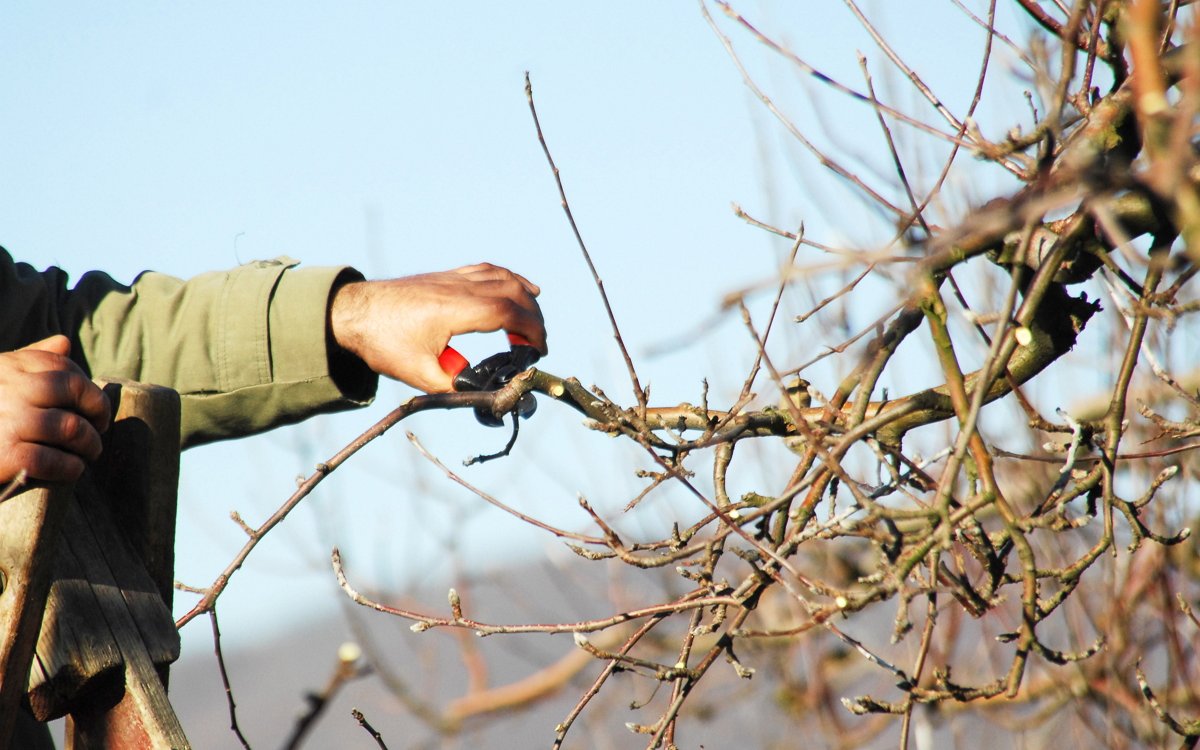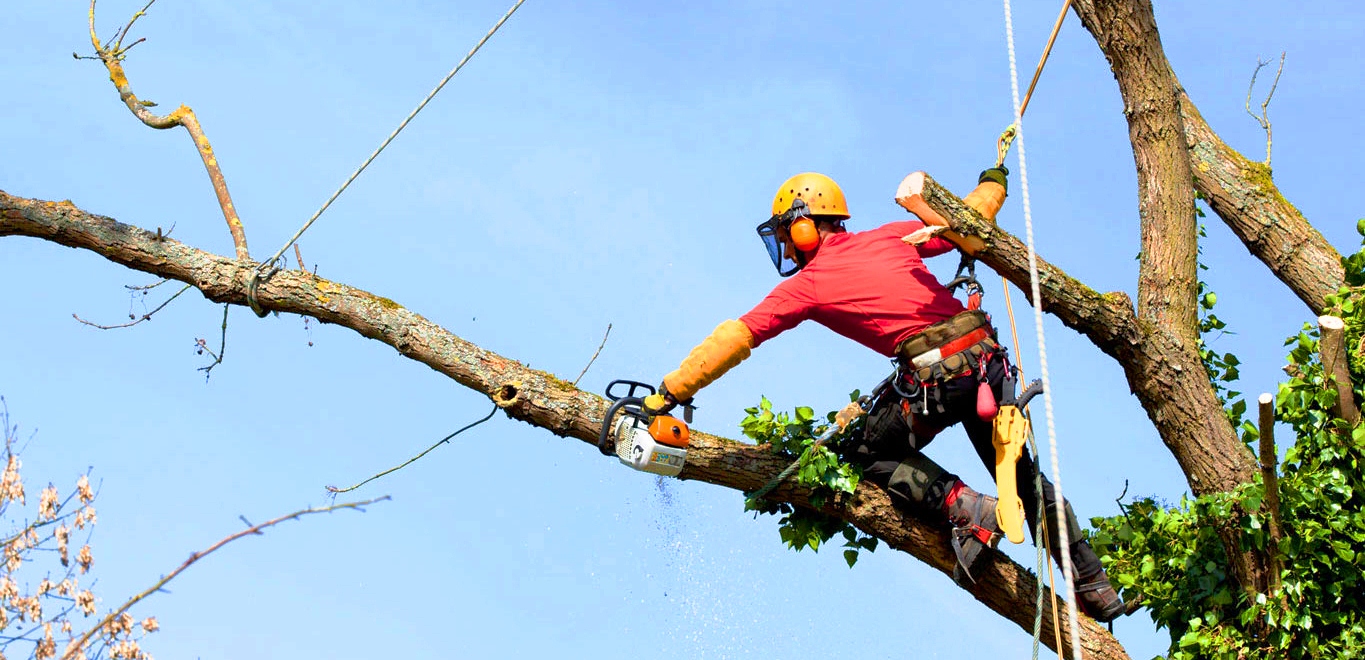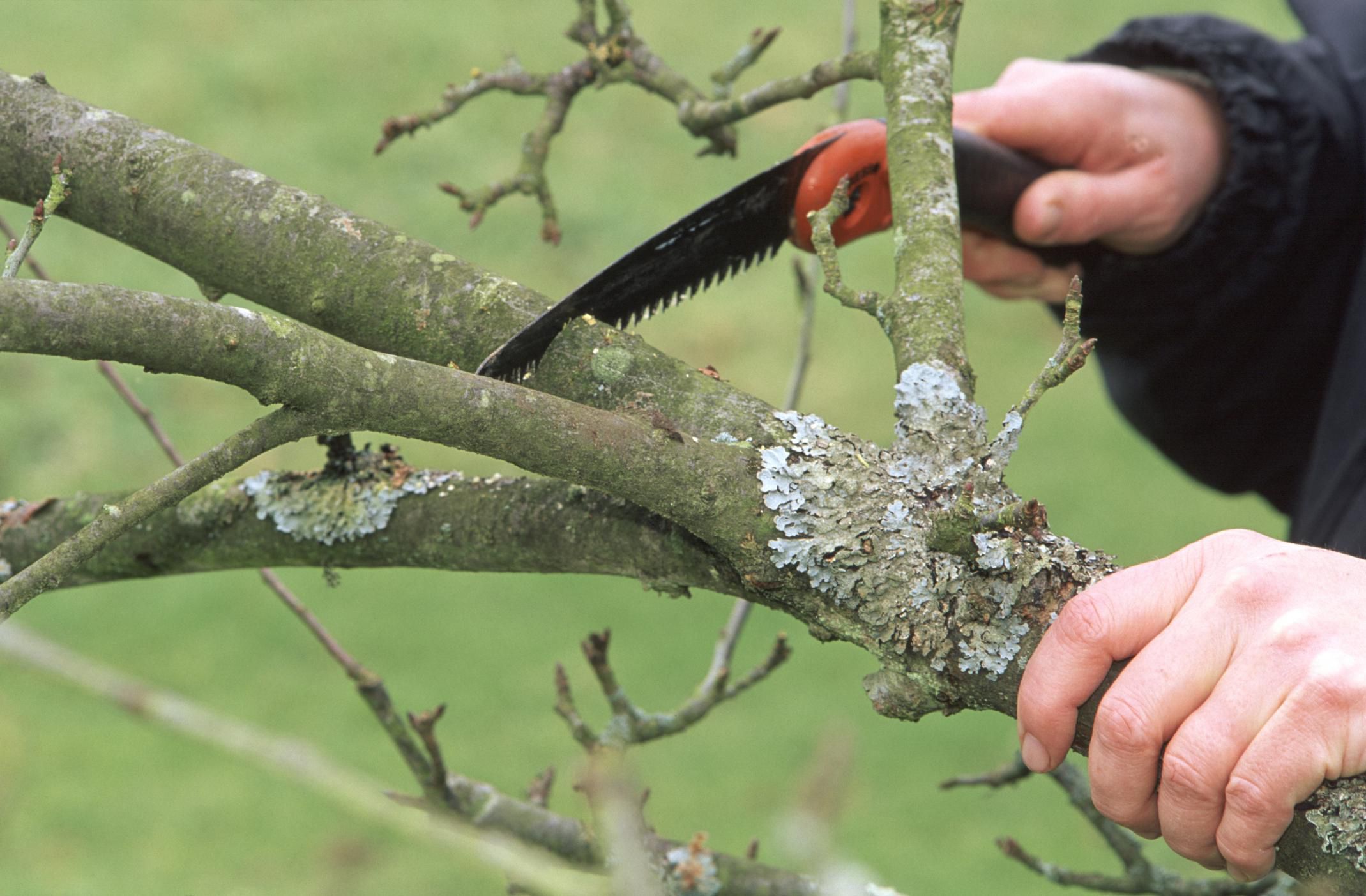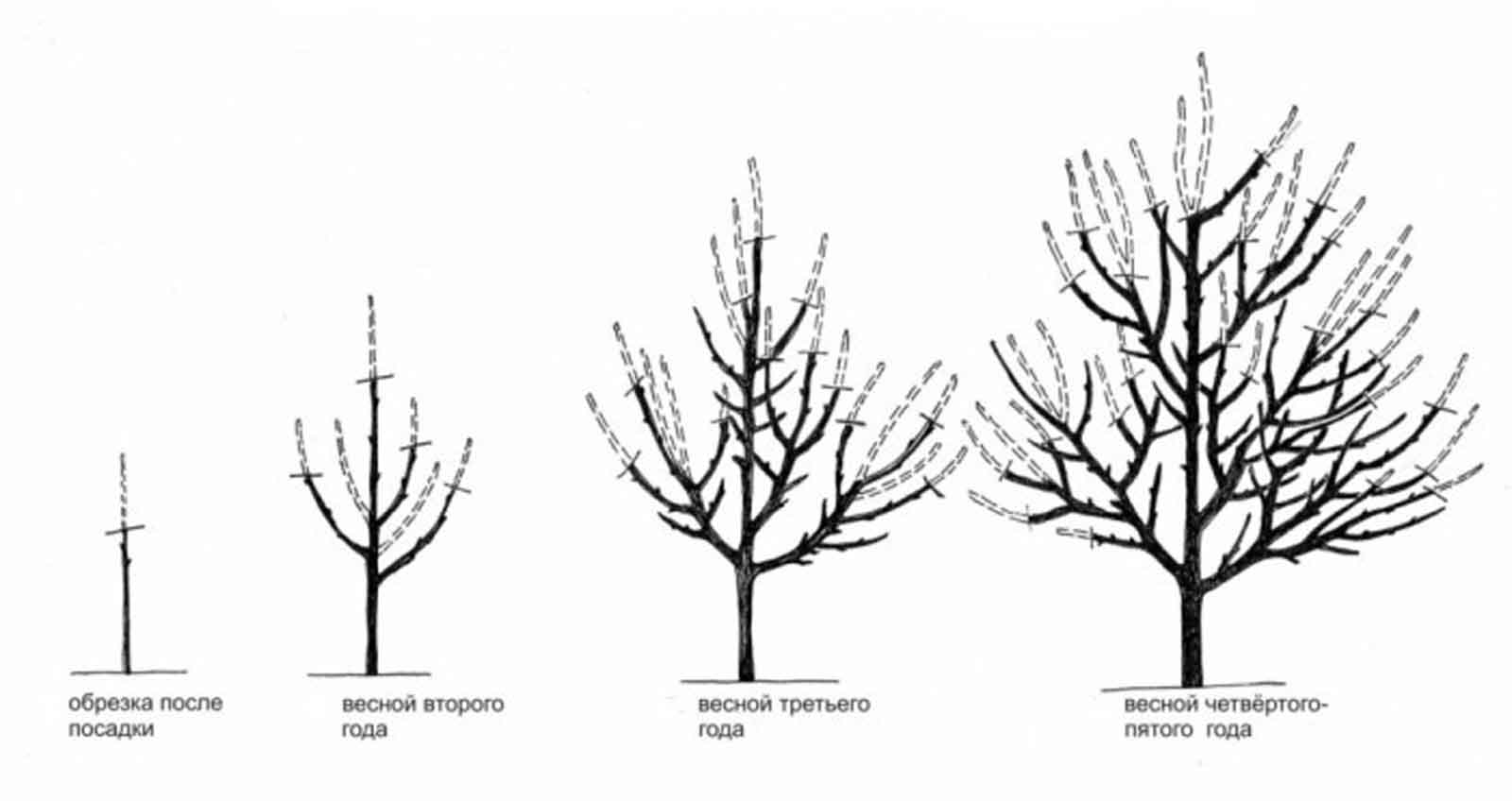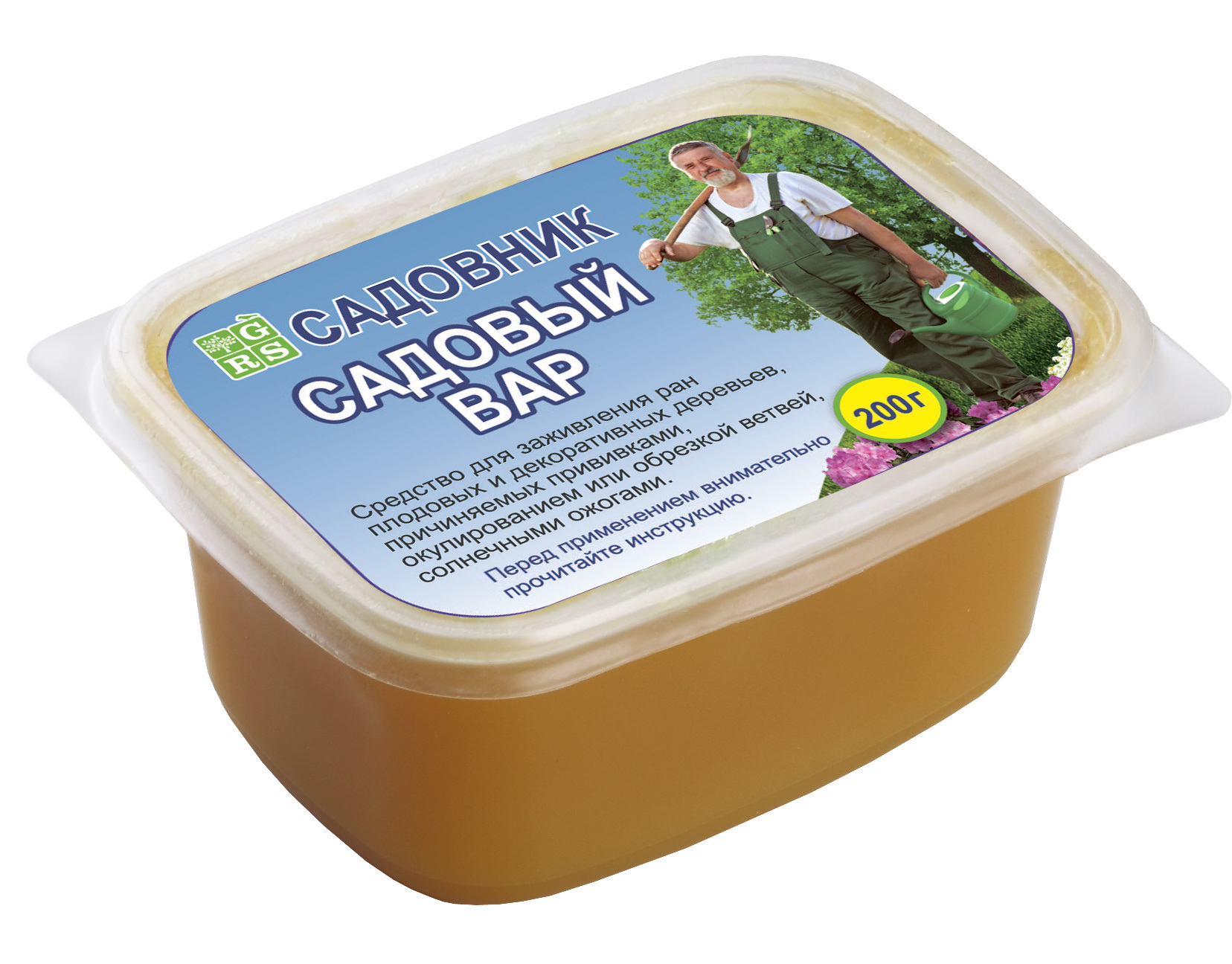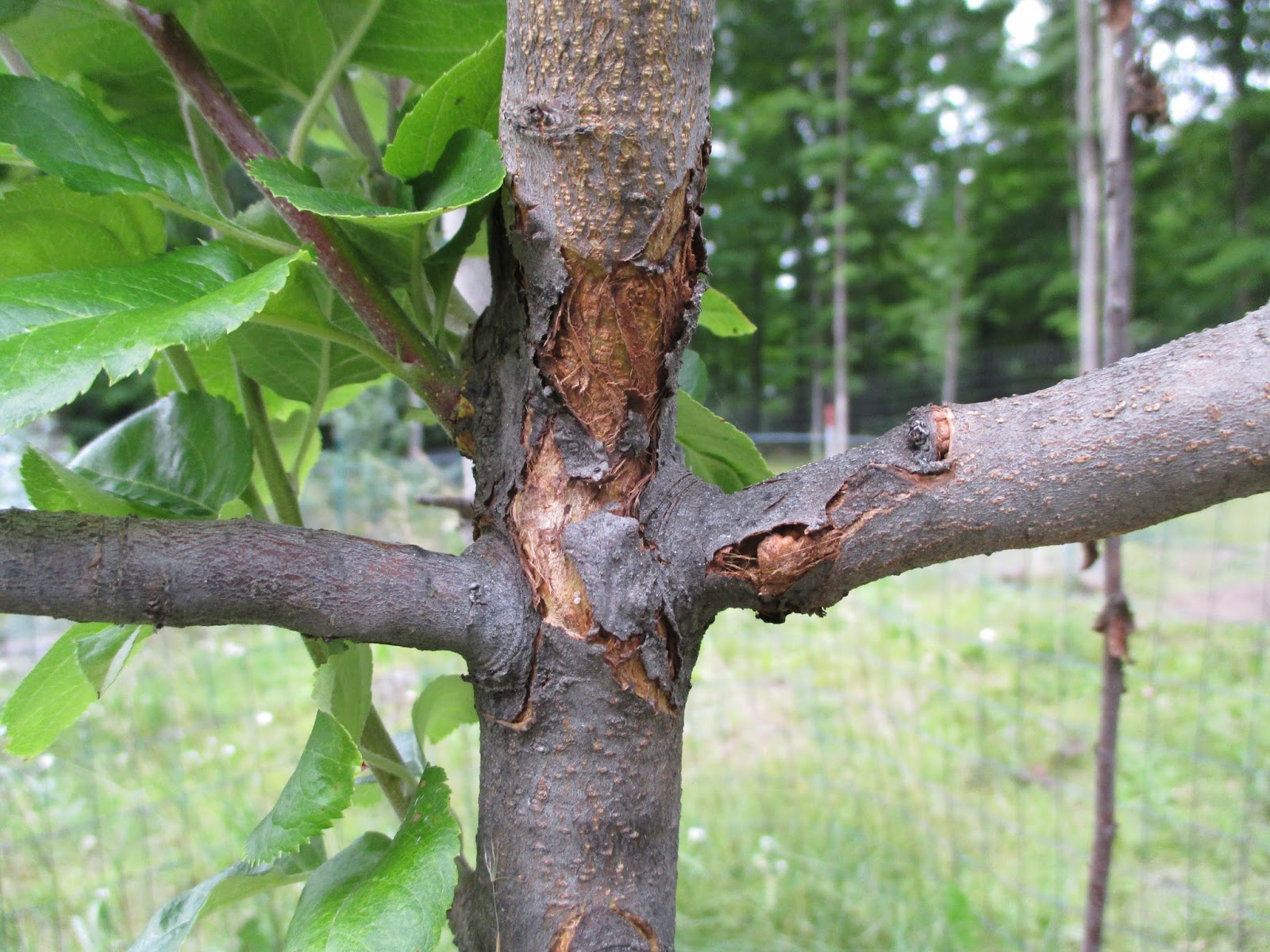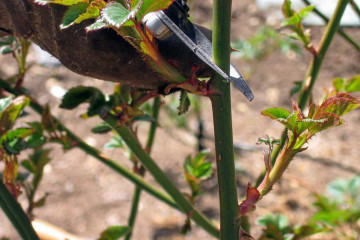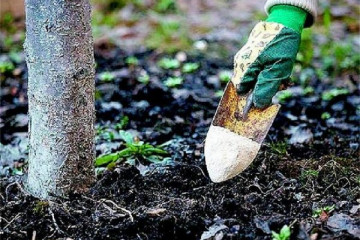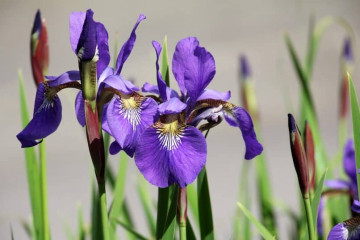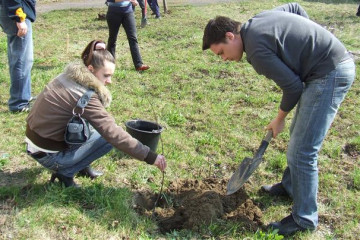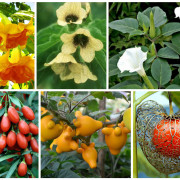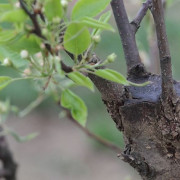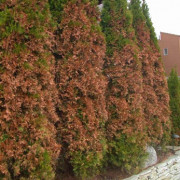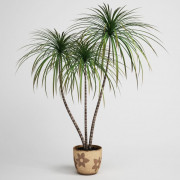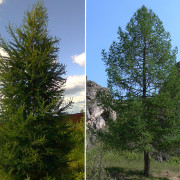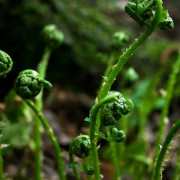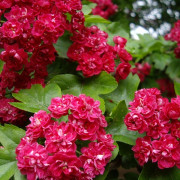When to cut trees and how to cover up cuts on fruit trees
Content:
A budding gardener should know when to prune trees and be able to cut branches correctly. Pruning aids the crown formation process, thereby eliminating unnecessary branch growth in width and length. Cutting is also an effective way to make the harvest in the garden richer, protect against pests and significantly extend the life of the plant.
When it is possible to prune fruit trees and why to do it are popular questions among summer residents. Everyone wants to have a good harvest and healthy trees.
The following types of trimming are popular:
- Immediately after planting for faster root engraftment in planted soil.
- Shortening. It is imperative to use it with uncontrolled growth of branches in different directions and for the formation of a crown.
- Healing. Dried, diseased or deformed branches are removed.
- Supportive. Excessively large branches are shortened, which gives the tree additional air flow.
The effect of pruning on the life of a tree
Pruning is considered stressful for the tree. However, with the help of this procedure, it is possible to regulate the issues of fruiting and the general condition of the plant.
Pruning branches too much is considered the most common mistake. So you can greatly expand the crown and slow down the growth of the crop, reduce the number of fruits. Thoughtlessly pruning the plant is also not worth it - so it will be unstable to severe frosts.
In order to have large fruits and a beautifully folded crown, it is worth intensively cutting off the annual growth every year. The fruit will be large, but the yield itself will decrease slightly due to abundant branching.
Rules for the formation and pruning of the crown
When pruning and shaping the crown of trees, it must be borne in mind that fruit crops have five stages of life:
- Growth of vegetative parts
- Active growth and fruiting,
- Balanced growth with fruiting,
- Decreased growth and yield,
- Aging.
Types of crown that are obtained after pruning:
- Sparse tiered. Suitable for most fruit trees.
- Whorled-tiered. Makes the tree too tall, making it difficult to harvest manually.
- Deckless. Suitable for highly branched plants.
- Combined. Popular with cherries, pears and apple trees.
- Spindlebusch (fusiform). Suitable for low-growing trees.
- Bushy. For vigorous species.
- Semi-flat: for plums, cherry plums, apricots.
- Palmettes, cordons (flat). Suitable if you want to increase the yield.
Safety engineering
Safety measures concern pruning processes and gardening issues:
- Sharp, heavy objects should not be thrown, only passed from hand to hand.Each of them must have its own cover during transportation.
- When carrying out the procedure, use gloves that will prevent damage, the occurrence of splinters.
- Keep children away from tools that are dangerous to them.
- Sharpen secateurs, knives in a timely manner. For storage, hooks are suitable on which you can hang an item.
- When pruning, use a stepladder or ladder with wide steps. Do not prune in rain or wet stairs.
- Wear comfortable shoes to avoid slipping.
Pruning large branches on old trees
Old trees tend to have very dense wood, so improper pruning can damage the bark.
The incision should be made on the underside one third deep. About 3 cm retreat from the bottom cut, then the branch is cut from above. In this case, the bark will definitely remain intact and unharmed, it will not be able to peel off.
Trimming and cutting technology
Branches are shortened by removing this part from the total length:
- One third of the pruning is light shortening,
- Half is average
- More than half is strong.
Technology:
- "Under the ring" - the cut is made on the upper part of the bead on the wood.
- Pruning whole branches - to get rid of unnecessary branching, in order to penetrate the sun color to the inside of the crown.
- Kerbovka. A rare event that is carried out to slow down growth processes.
Crown formation scheme
There are a lot of schemes for forming the crown of trees. The most popular are:
- Longline trimmed. Creates a strong plant skeleton.
- Cup-shaped. Perfect for apple trees, creating a solid base.
- Fusiform. Requires annual manual labor.
In annual apple trees, crown formation occurs after planting. Saplings do not differ in strong branches, therefore, at the first pruning, it is important to achieve a good result so that the active growth of new shoots begins.
Pruning time
Pruning dates are best coordinated with the lunar calendar and stellar cycles. So, on the waning moon, sap flow increases, then when the Earth passes the zodiac signs of Pisces, Aquarius and Cancer, it drops significantly.
In the Moscow region, the timing varies: here you can use not only spring pruning, but also make them in summer (May, June) and winter (February). In Siberia, trees are pruned only in early spring, in March, then the fruits will be very large and juicy.
Auspicious days in 2019 for pruning in the fall:
- September: 1, 16, 26, 28.
- October: 5, 8, 13, 29.
- November: 4, 9, 25, 28.
December for gardeners is considered a month of rest.
Pruning in the fall
In the autumn, pruning is performed:
- Old branches
- Rotten, broken and damaged branches.
In the fall, the tree enters a dormant phase, so the procedure will not bring significant stress to it. The plan of the event is as follows:
- Large, broken branches are cut off,
- Among closely growing branches, the weakest are cut out,
- Pruning branches growing with sharp angles,
- It is worth smearing the sections: on young ones - after a day, on dry ones - immediately,
- Cut branches are burned.
Best time to trim
When is the best time to prune trees, in the fall or spring, depends on many factors. In the spring it is preferable to do this, since during these months the tree only wakes up, and the wounds will heal faster.
If broken branches suddenly appeared after bad weather, they should be removed immediately, regardless of the season. One contraindication for this may be an air temperature of -5 degrees and below.
How to cover up the cuts
Sections and wounds usually need to be sealed with sealant. This prevents water and germs from entering the cracks. If this is not done, the branch will begin to dry out on the cut, juice will be released, and water evaporation will begin. Subsequently, a cavity may appear in the cut area.
How can you cover up cuts on fruit trees:
- Garden resin,
- A mixture of loam
- If the wound is too large, then a cement solution is used,
- Water-based paint,
- Artificial turf,
- Garden pitch.
You can make your own putties or purchase them from specialized stores.
Garden pitch at home
Before preparing a garden varnish solution at home, you should prepare fat, rosin and wax.
Fat options can be linseed oil or vegetable oil. Instead of wax, it is possible to take turpentine.
Var for trees:
- Fat and rosin - 1 part, wax - 2 parts. Previously, all the constituent elements must be melted, after mixing, pour cold water.
- Drying oil (1 part) - Rosin (4) - Paraffin (20).
- Vegetable oil (1 part) and 2 parts each wax and rosin.
If desired, ash can be added to the var.
Using a garden varnish when processing
Before covering the cuts and wounds of the plant var for garden trees should be melted. When it has softened, it is not difficult to apply it in a thin layer to the cut. The thick layer can lead to rotting of the branches.
How to soften garden var
Softening the "rescuer" of trees will not be difficult, it should be warmed up in a water bath. If such is not available, then you can put a couple of balls of var in the hot sun, then knead it with your hands.
Var is usually very oily, so it is best to use a wooden spatula when applying it to the cut. Sometimes it is even applied with a finger to control the thickness of the layer. The application layer on the saw cut should not exceed 1-2 mm.
Furrowing of fruit trees
Furrowing the bark of trees prevents dangerous cracks that can separate the bark from the wood. After furrowing, the active growth of the trunk begins in thickness, the activity of the cambium increases, and a young elastic cortex is formed. The danger of frost cracks is also reduced.
The manipulation is performed using a special furrow knife on the handle with a blade depth of 1.5-2 mm.
Furrowing is carried out in two ways:
- The cuts are made 10 cm at a distance of 1-2 cm from each other from the crown itself to the root collar.
- Continuous long cuts are applied.
The incisions are immediately disinfected with a solution of copper sulfate 2%. Usually, the event is first done 3-4 years after planting.
If you cut the tree correctly, close up and process the wood in the right places, then the fruit harvest will not be long in coming.A beautiful apple or pear tree will be strong and strong and take on an elegant, well-groomed appearance. It is very important to do the procedure for the first time according to the recommendations or under the supervision of knowledgeable and experienced gardeners, so as not to cut down branches important to the tree and not lead to the death of the plant.
